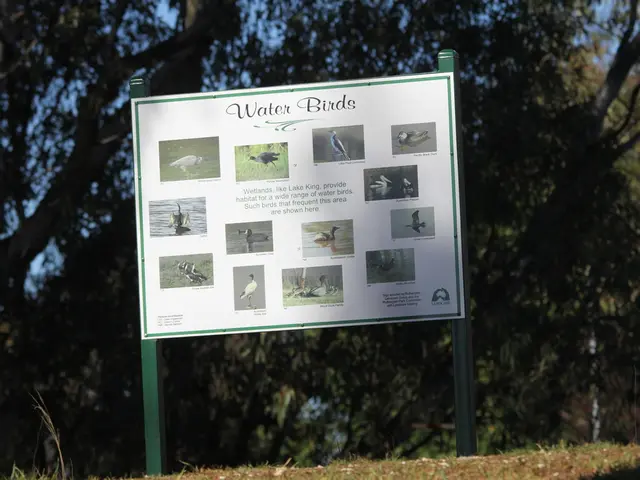Architecture Today Webinar: Exploring Regenerative Design Beyond Carbon Metrics
Architecture Today recently hosted a webinar exploring the burgeoning field of regenerative design in architecture. Chaired by Editor Isabel Allen, the event featured presentations from industry experts, including Martin Knight, Ben Hancock, Ella Thorns, Colin Davis, and James Lord. The webinar aimed to move the conversation beyond carbon metrics, focusing on holistic sustainability and genuine regeneration.
Ben Hancock, representing Oscar Acoustics, discussed the significance of acoustic comfort in regenerative design. He highlighted sustainable acoustic solutions like SonaSpray, emphasizing their role in creating comfortable, eco-friendly spaces.
Martin Knight presented two retrofit case studies, showcasing nature-based solutions that regenerate buildings and sites. He underscored the importance of quantifying benefits and understanding maintenance implications.
James Lord shared three landscape-led regenerative design examples, including Kidbrooke Park, Eden Dock, and a new garden for Regents Park. These projects demonstrate how regenerative design can transform urban spaces.
Ella Thorns introduced Studio Bark's regenerative toolkit and Small Carbon, an online carbon counting tool for small-to-medium-sized practices. This tool enables architects to measure their work's full impact, including embodied carbon, social value, and ecological value.
Colin Davis presented contrasting regenerative retrofit approaches, including a City of London Corporation pilot project and the UK's first Energiesprong pilot. These case studies illustrate the diversity of regenerative design strategies.
The webinar explored emerging tools and methods for regenerative design at the planning stage. It also discussed aligning performance targets for energy, comfort, and acoustics with regenerative design goals.
The Architecture Today webinar underscored the importance of regenerative design in architecture, emphasizing the need to measure the full impact of projects, including embodied carbon, social value, and ecological value. By moving beyond carbon metrics, architects can deliver genuinely sustainable and regenerative projects, as demonstrated by the presented case studies and tools.
Read also:
- Midterms Bring Renewable Energy Push: Democrats Win House, Governors Commit to Ambitious Goals
- ADM & Novozymes' Enzymatic Interesterification: A Game-Changer in Edible Oils
- Legendary Primatologist Jane Goodall Dies at 91
- Johnson & Johnson collaborates with Ho Chi Minh City Oncology Hospital to enhance cancer treatment availability







